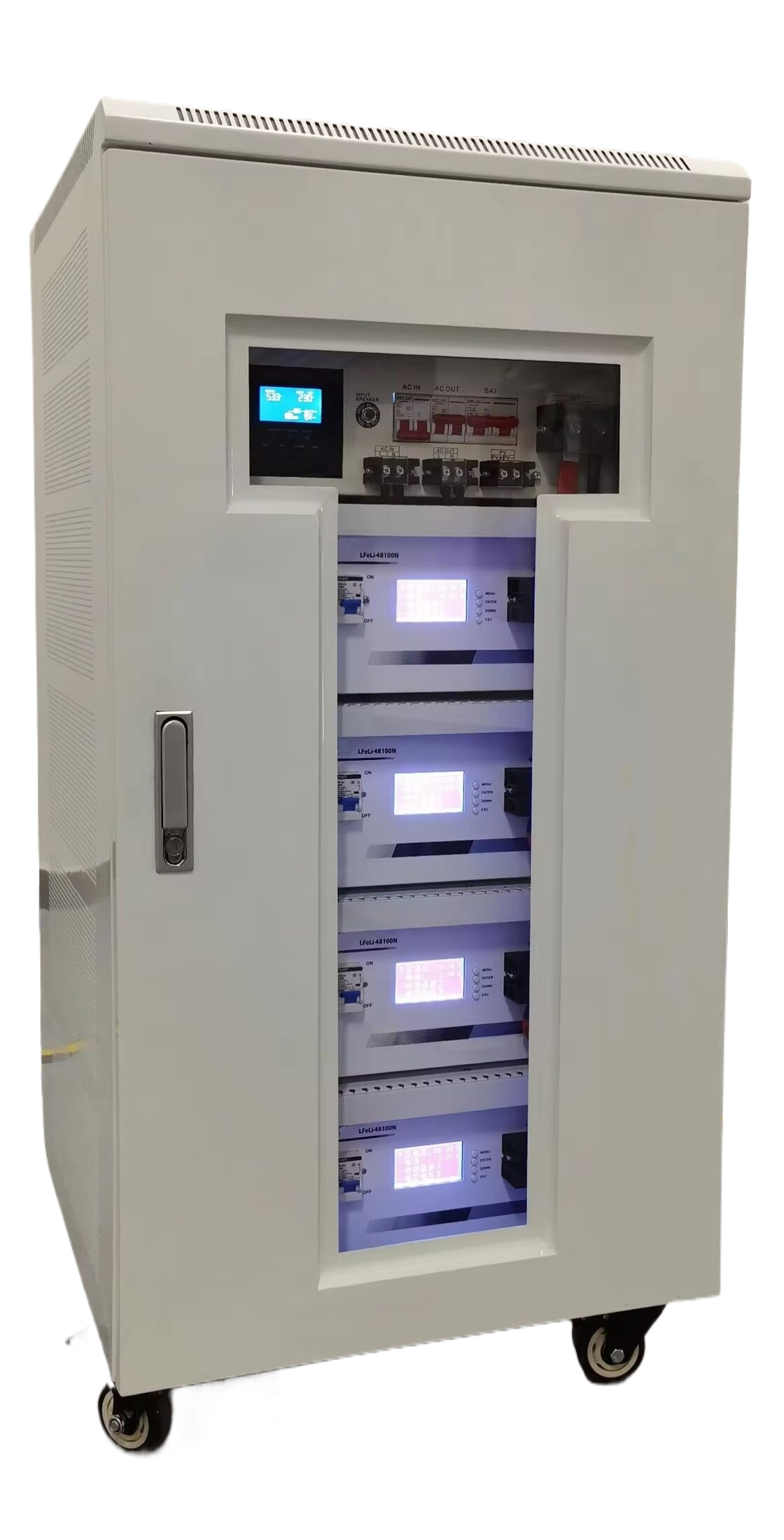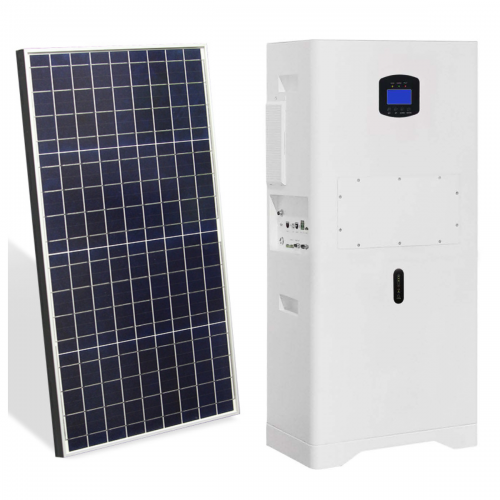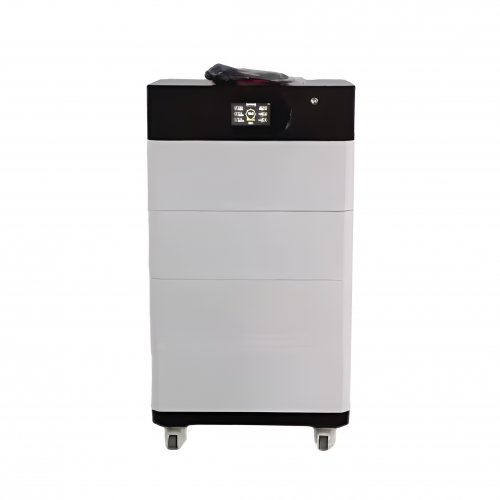Advances In Lithium Diffusion: Unlocking Next-generation Battery Performance
Lithium diffusion stands as a fundamental kinetic process governing the charge and discharge rates, power density, and overall efficiency of lithium-ion batteries (LIBs). As the demand for rapid-charging electric vehicles and high-power grid storage escalates, enhancing the sluggish kinetics of Li⁺ ion transport within electrode materials and across interfaces has become a paramount research focus. Recent years have witnessed significant breakthroughs in understanding, characterizing, and engineering lithium diffusion pathways, paving the way for a new era of electrochemical energy storage.
Deepened Understanding through Advanced Characterization
A critical advancement lies in the ability to directly observe and quantify lithium diffusion at atomic and nanoscale resolutions. Traditional electrochemical methods like galvanostatic intermittent titration technique (GITT) and electrochemical impedance spectroscopy (EIS) remain workhorses for measuring macroscopic diffusion coefficients (D_Li⁺). However, the interpretation of these values is often complicated by overlapping processes such as charge transfer and phase boundaries.
The integration ofin situandoperandotechniques has revolutionized this field.In situtransmission electron microscopy (TEM) allows for the real-time visualization of structural evolution and phase transformations during lithiation/delithiation, revealing how diffusion-induced strain can lead to crack propagation and capacity fade. Similarly, synchrotron-based X-ray diffraction and absorption spectroscopy provide insights into the dynamic changes in crystal structure and local electronic environment that directly influence diffusion barriers. A groundbreaking development is the application of neutron scattering techniques. Since neutrons interact strongly with light elements like lithium, they can precisely track Li⁺ trajectories within a host material, distinguishing between different diffusion pathways that are invisible to other probes. For instance, neutron depth profiling (NDP) has been successfully used to map lithium concentration gradients across solid-electrolyte interphases (SEI), a previously enigmatic region crucial for diffusion.
Furthermore, the coupling of these experimental data with first-principles calculations, particularly density functional theory (DFT), has been transformative. DFT simulations can predict activation energies for Li⁺ hopping, identify the most stable migration pathways, and screen for materials with intrinsically high ionic conductivity. This theory-guided design has been instrumental in discovering new solid electrolytes and optimizing electrode structures.
Material Engineering for Accelerated Diffusion
The application of this deepened understanding has led to tangible material innovations.
1. Surface and Interface Engineering: The diffusion of Li⁺ across the interface between the electrode particle and the electrolyte is often a rate-limiting step. Atomic layer deposition (ALD) has emerged as a powerful tool to create ultrathin, uniform coatings (e.g., Al₂O₃, LiTaO₃, LiPON) on cathode particles. These coatings suppress detrimental side reactions, stabilize the surface structure, and surprisingly, some coatings like LiNbO₃ have been shown to act as artificial SEI layers with high Li⁺ conductivity, thereby facilitating surface diffusion and reducing charge-transfer resistance .
2. Strain and Defect Engineering: Research has demonstrated that introducing controlled strain or specific defects can dramatically enhance bulk diffusion. For example, creating cation disorder in layered oxide cathodes (e.g., Li-excess cathodes) can open up percolating diffusion pathways that bypass slow traditional channels. Similarly, introducing oxygen vacancies in transition metal oxides can reduce the energy barrier for Li⁺ migration by altering the local bonding environment. A notable breakthrough involves the use of coherent epitaxial thin films to apply precise strain, showing that compressive strain can significantly increase D_Li⁺ in certain cathodes.
3. Solid-State Electrolytes (SSEs): The pursuit of all-solid-state batteries has placed a massive emphasis on finding SSEs with lithium ionic conductivity rivaling liquid electrolytes. The discovery and optimization of superionic conductors like sulfide-based (e.g., Li₁₀GeP₂S₁₂, argyrodites) and halide-based (e.g., Li₃YCl₆, Li₃YBr₆) materials represent a monumental leap. These materials possess complex crystal structures with interconnected interstitial sites that allow for low-barrier, multi-dimensional Li⁺ hopping. Understanding the correlation between the anion sublattice framework and the Li⁺ migration network is a key area of active research .
4. Nanostructuring and Morphology Control: Reducing the diffusion distance within solid particles remains a highly effective strategy. Designing hierarchical architectures with nano-sized primary particles, porous networks, and aligned two-dimensional (2D) channels (e.g., in graphene-based composites) ensures shorter paths for Li⁺ and larger electrode-electrolyte contact areas, effectively mitigating diffusion limitations.
Future Outlook and Challenges
The future of lithium diffusion research is exceptionally vibrant, moving towards multi-modal and multi-scale analysis. The integration of machine learning with high-throughput computational screening and automated experimentation will accelerate the discovery of novel materials with optimized diffusion properties. Techniques like 4D-STEM (scanning transmission electron microscopy) and cryo-EM, borrowed from biology, are being adapted to probe beam-sensitive battery materials and visualize Li⁺ motion directly.
Key challenges persist. In cathodes, the interplay between Li diffusion, electron transport, and phase transitions needs further decoupling. For anodes like silicon, managing the extreme volumetric expansion that disrupts diffusion pathways is critical. The biggest hurdle for SSEs remains the imperfect solid-solid interface, where poor physical contact and chemical instability create immense barriers for Li⁺ diffusion. Future work must focus on designing seamless, graded interfaces with matched mechanical and chemical properties.
In conclusion, the progress in elucidating and enhancing lithium diffusion is directly propelling the development of faster-charging, safer, and more energy-dense batteries. By continuing to bridge advanced characterization, theoretical modeling, and innovative material synthesis, the scientific community is steadily overcoming the kinetic limitations that have long constrained electrochemical energy storage systems.
References
1. Deng, et al. (2023).Nature Energy, "Strain-modulated lithium diffusion in layered oxides for fast-charging batteries." 2. Lee, J., et al. (2022).Science, "Visualizing lithium transport and degradation in graphite anodes via in situ neutron imaging." 3. Cao, et al. (2021).Advanced Materials, "Interface engineering for lithium diffusion in all-solid-state batteries." 4. Wang, et al. (2020).Nature Materials, "Screening for superionic conductivity in lithium halide solid electrolytes." 5. Ouyang, B., & Bai, P. (2022).Joule, "The role of artificial intelligence in decoding ionic transport in batteries."
Customized/OEM/ODM Service
HomSolar Supports Lifepo4 battery pack customization/OEM/ODM service, welcome to contact us and tell us your needs.


HomSolar: Your One-stop LiFePO4 Battery Pack & ESS Solution Manufacturer
Our line of LiFePO4 (LFP) batteries offer a solution to demanding applications that require a lighter weight, longer life, and higher capacity battery. Features include advanced battery management systems (BMS), Bluetooth® communication and active intelligent monitoring.

Customised Lithium Iron Phosphate Battery Casing
ABS plastic housing, aluminium housing, stainless steel housing and iron housing are available, and can also be designed and customised according to your needs.

HomSolar Smart BMS
Intelligent Battery Management System for HomSolar Energy Storage System. Bluetooth, temperature sensor, LCD display, CAN interface, UART interface also available.


Terminals & Plugs Can Be Customized
A wide range of terminals and plugs can be customised to suit the application needs of your battery products.

Well-designed Solutions for Energy Storage Systems
We will design the perfect energy storage system solution according to your needs, so that you can easily solve the specific industry applications of battery products.



About Our Battery Cells
Our energy storage system products use brand new grade A LiFePO4 cells with a battery lifespan of more than 4,000 charge/discharge cycles.



Applications in Different Industries
We supply customized & OEM battery pack, assemble cells with wiring, fuse and plastic cover, all the cell wires connected to PCB plug or built BMS.
Applications: E-bike, Electric Scooter, Golf Carts, RV, Electric Wheelchair, Electric Tools, Robot Cleaner, Robot Sweeper, Solar Energy Storage System, Emergency Light, Solar Power Light, Medical Equipment, UPS Backup Power Supply.
We can provide you with customized services. We have the ability to provide a vertical supply chain, from single cells to pack/module and to a complete power solution with BMS, etc.


HomSolar (Shenzhen) Technology Co., Ltd
























